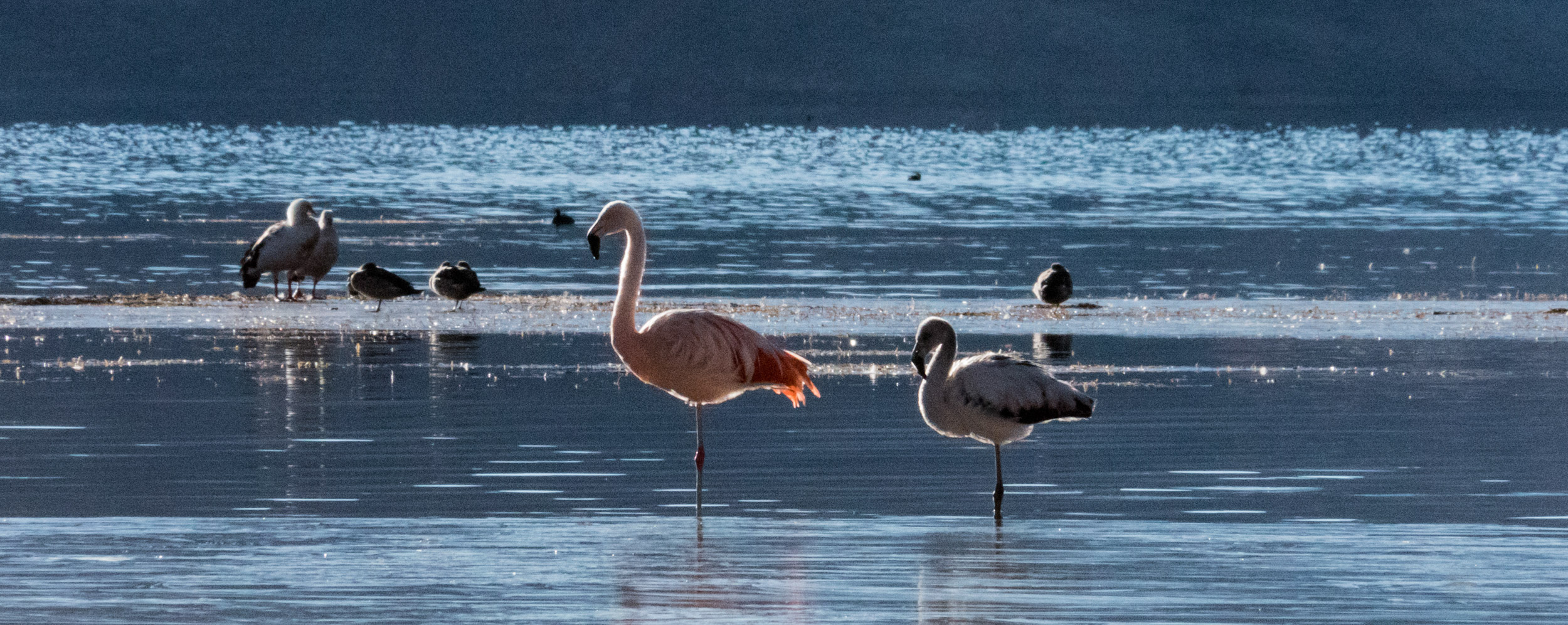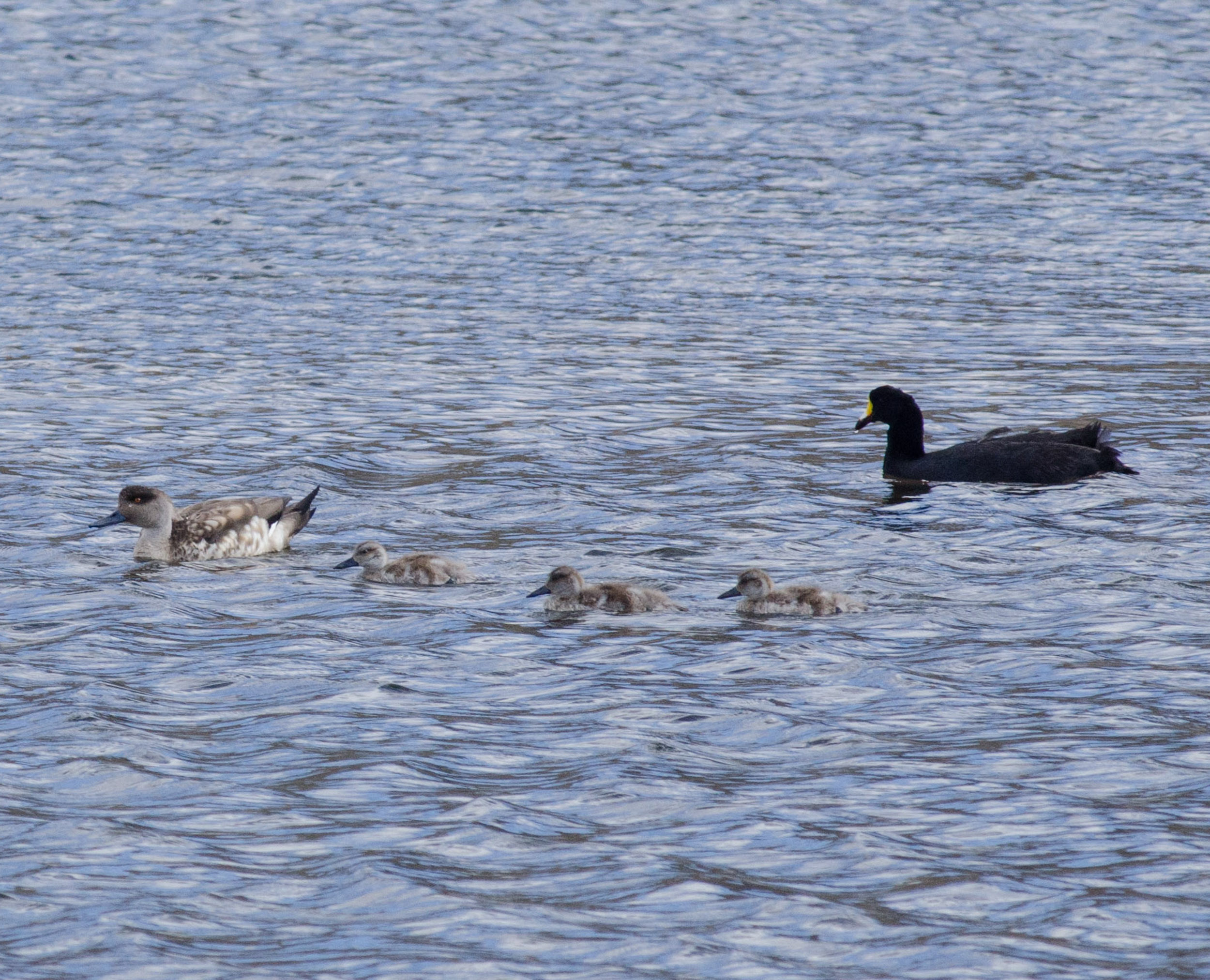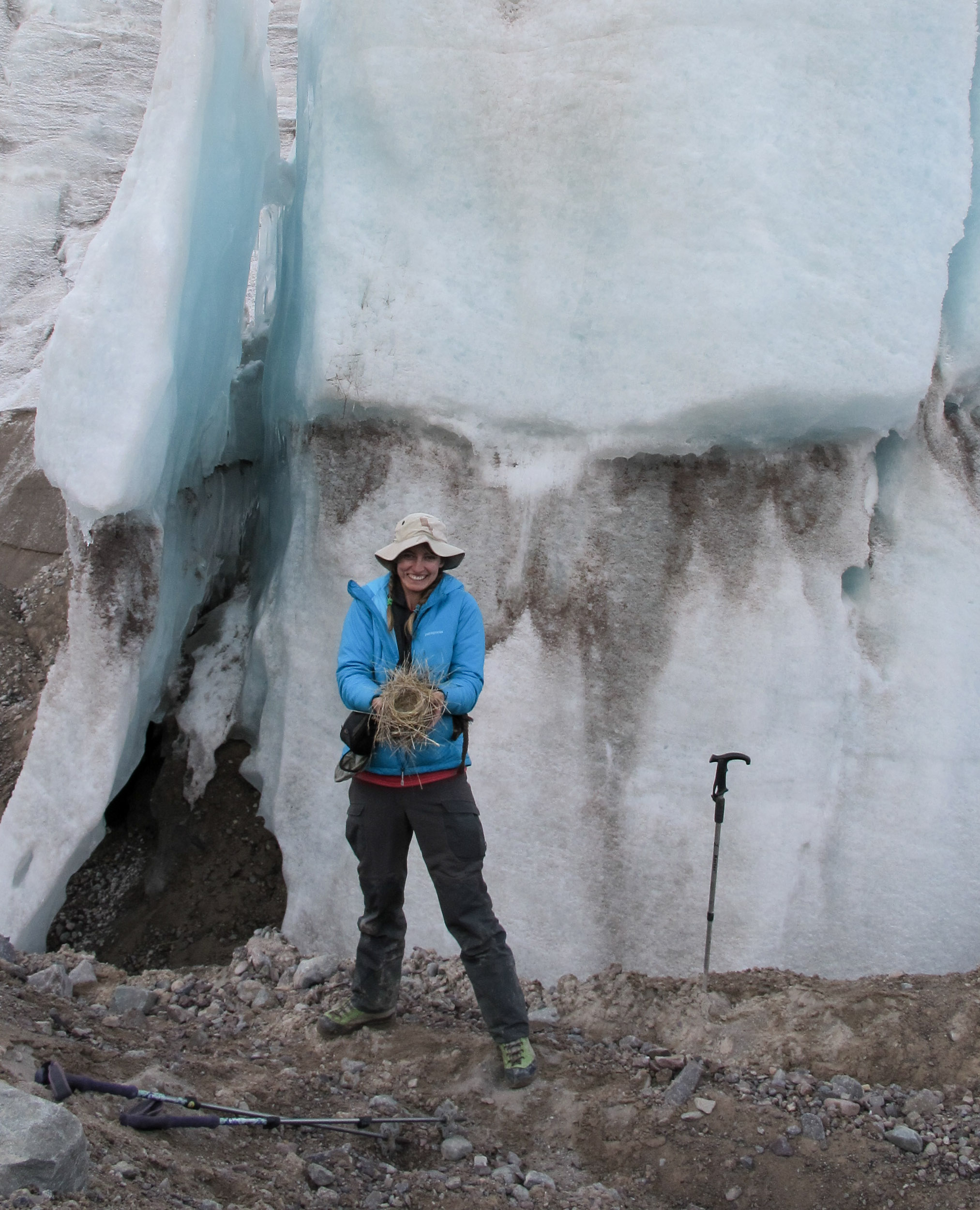The Birds of Sibinacocha
Peru contains more species of birds than nearly any other place on the planet (Dyer, et al. 2007) and the Andean Mountain Zone of South America, which includes the Sibinacocha watershed, is designated as one of the world’s 25 biodiversity hotspots by Conservation International (Doyle, et al. 2003). Though the Andean Mountain Zone only covers 1.3% of the earth’s surface, 17% of all bird species on earth exist there, and 40% of those species exist nowhere else (Fjelda and Krabbe 1990). The number of these species found at high altitudes in the Sibinacocha watershed is truly remarkable. Without exhaustive surveys, over 50 species of birds have already been documented at or above 16,000 ft (4900m) in the watershed (Doyle, et al. 2003; Gibbons, et al. 2011; Webb 2009; Sowell 2014), and several of them are found there at record altitudes. These include the:
– Puna Teal (Anas puna);
– Ruddy Duck (Oxyura jamaicensis);
– White-tufted Grebe (Rollandia Rolland);
– Chilean Flamingo (Phoenicopterus chilensis);
– Greater Yellowlegs (Tringa melanoleuca);
– Lesser Yellowlegs (Tringa flavipes);
– Slender-billed Miner (Geositta tenuirostris); and the,
– Great Horned Owl (Bubo virginianus magellanicus).



